Top 10 Largest Living Sea Creatures in the World 2025
By ICON TEAM | Published on May 06, 2025
Top 10 Largest Living Sea Creatures in the World 2025:
Comprising more than 70% of Earth's surface, the oceans host some of the most enormous and amazing species on the planet. From their biology to their vital functions in marine ecosystems, developments in marine exploration and study will help us to better know these giants in 2025. Ranked by their maximum reported size, this article investigates the top 10 largest living sea species, stressing their special features, habitats, and conservation issues.
1. Blue Whale (Balaenoptera musculus):
Retaining its title in 2025 is the blue whale, the biggest animal known to have inhabited Earth. A real monster, this marine animal may reach lengths of up to 110 feet (33.5 meters) and weights of almost 200 tons. Found in all the great oceans, blue whales consume up to 8,000 pounds of krill every day and are filter feeders. Their heart by itself has the weight of a car. Though little, blue whales are gentle giants with haunting underwater sounds spanning great distances. Though they remain vulnerable to ship strikes and climate-driven fluctuations in krill availability, their population—estimated to be 10,000–25,000—is gradually recovering thanks to worldwide conservation efforts once hunted to almost extinction.
2. Fin Whale (Balaenoptera physalus):
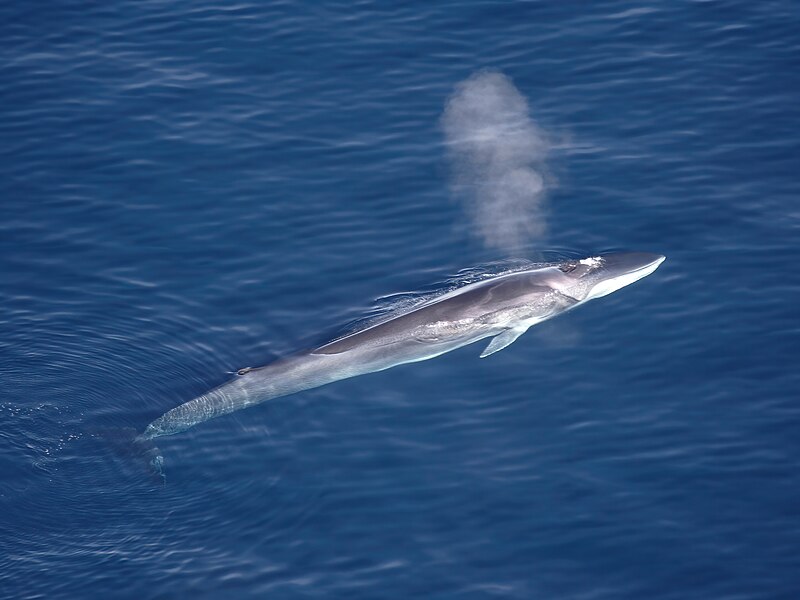
Growing up to 85 feet (26 meters) and weighing up to 80 tons, the fin whale—often known as the "greyhound of the sea"—has a sleek, fast-swimming quality. Found in oceans all around, fin whales are baleen whales fed mostly on small fish, squid, and krill. Their unique asymmetric coloration—darker on the left side of the jaw and lighter on the right—sets them apart. With an anticipated global population of roughly 100,000, fin whales in 2025 will be threatened by ocean noise pollution and entanglement in fishing gear. Reducing human influences is the main aim of conservation initiatives so helping in their recovery from past whaling.
3. Sperm Whale (Physeter macrocephalus):
The biggest toothed predator on Earth, the sperm whale weights up to 57 tons and reaches 67 feet (20.4 meters) for males. Sperm whales hunt giant squid and other deep-sea prey by diving to depths of more than 3,000 meters, well-known for their large heads which house the spermaceti organ used in echolocation. Found in all deep oceans, weighing around twenty pounds, they boast the biggest brain of any animal. Their predicted hundreds of thousands in 2025 are at danger from ship crashes and plastic contamination. Their cultural practices, including different vocal dialects, emphasize the need of ongoing preservation.
4. Whale Shark (Rhincodon typus):
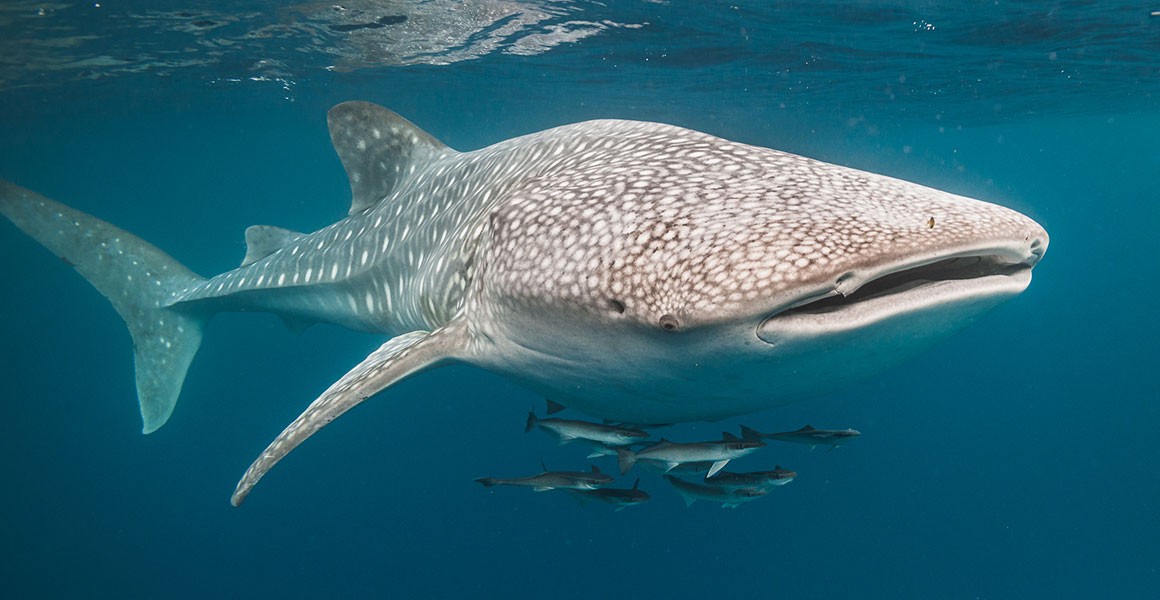
Largest fish in the ocean, whale sharks can weigh up to 20 tons and reach 60 feet (18.3 meters). Found in warm tropical seas, these gentle giants—filter feeders—consume plankton and small fish through their enormous jaws. Their unique polka-dot pattern makes them quite identifiable. Whale sharks are estimated to be vulnerable in 2025 thanks to habitat destruction, illicit fishing, and bycatch; their numbers are dropping. When controlled, ecotourism helps to promote their preservation by increasing awareness; but, unchecked boat traffic puts slow-moving species under danger.
5. Giant Oceanic Manta Ray (Mobula birostris):
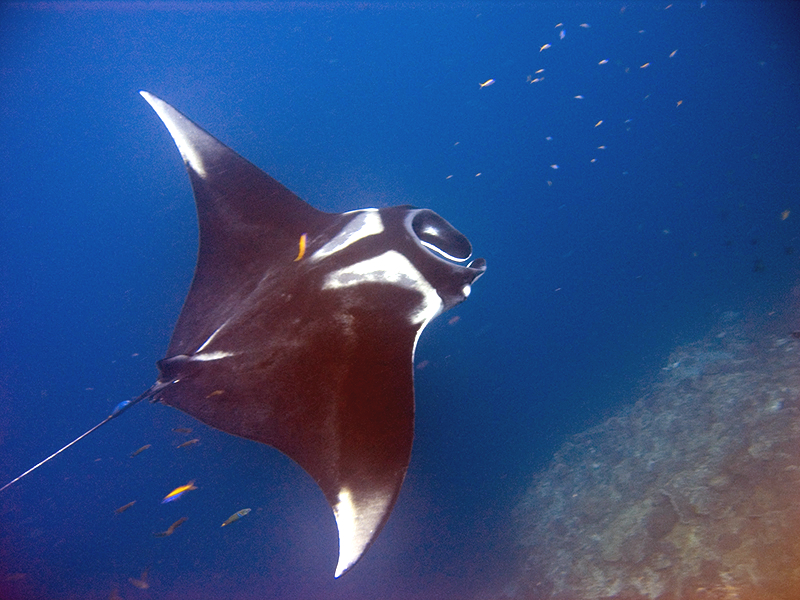
The largest ray in the world is the huge oceanic manta ray, whose weight can reach three tons and wingspan of 29 feet (8.8 meters). Found in tropical and subtropical seas, these elegant filter feeders glide across the ocean devouring plankton with their broad jaws. Given their greatest brain-to----body ratio among fish, their intellect is remarkable. Overfishing for their gill plates, used in traditional medicine, and entanglement in fishing nets are hazards to manta rays in 2025. Given their diminishing worldwide population, conservation projects—including marine protected areas—are very vital for their existence.
6. Lion’s Mane Jellyfish (Cyanea capillata):
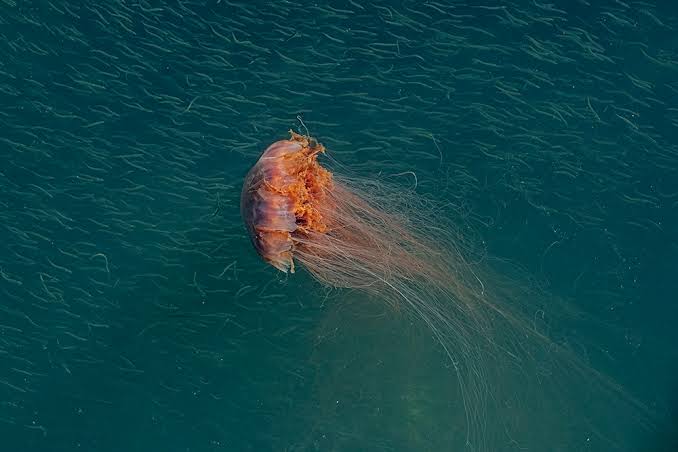
Longer than a blue whale, the lion's mane jellyfish—the biggest species—can have tentacles spanning over 120 feet (36.6 meters) with a bell diameter of up to 7.5 feet (2.3 meters). Found in chilly seas of the Arctic, northern Atlantic, and Pacific Oceans, these stinging tentacles jellyfish grab fish and smaller jellyfish. Their ethereal look and weight make them somewhat noticeable. Their populations seem steady in 2025, but rising oceans could change their range, therefore affecting nearby ecosystems. Their ecological relevance is highlighted by their position as both predator and prey.
7. Basking Shark (Cetorhinus maximus):
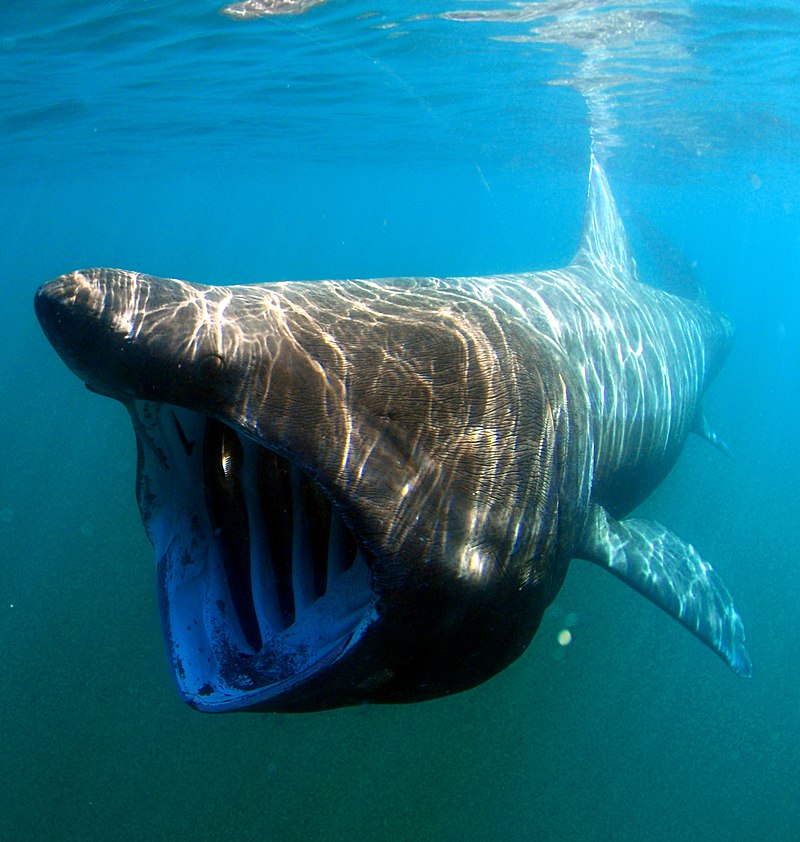
The second-largest fish, the basking shark, weights about six tons and can reach forty feet (12.2 meters). Found in temperate seas, these slow-moving filter feeders swim open to gather plankton. Their great scope betrays their benign character. Though populations are still rebounding, historical exploitation for their liver oil and fins renders basking sharks vulnerable in 2025. Though boat hits and bycatch remain hazards, more monitoring and protective laws in areas like the North Atlantic give hope for their preservation.
8. Southern Right Whale (Eubalaena australis):
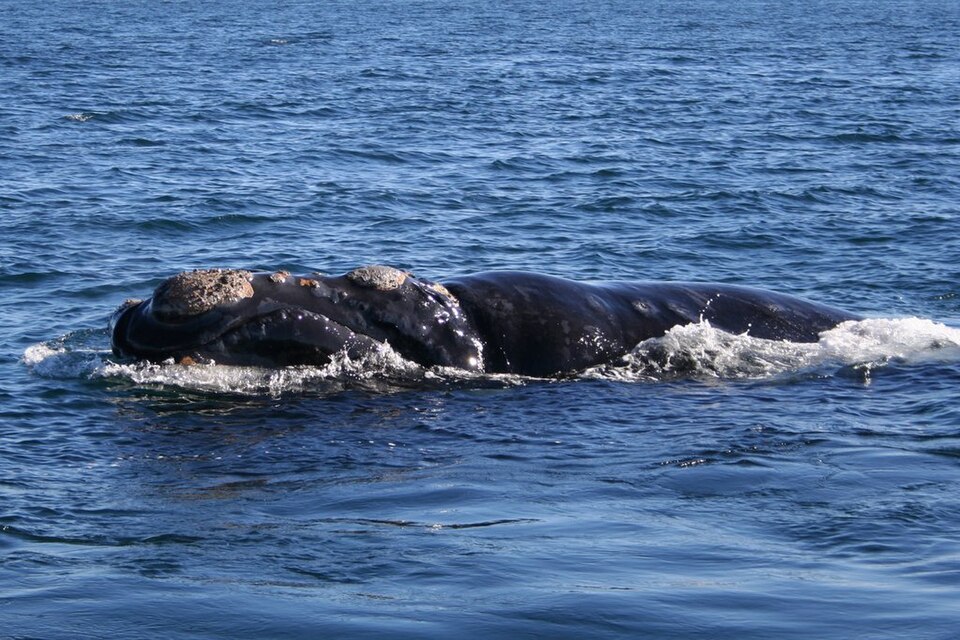
Reaching up to 59 feet (18 meters) and weighing up to 60 tons, the southern right whale is a baleen whale noted for its strong body and callosities—rough areas of skin housing barnacles. Found in the waters of the Southern Hemisphere, they move between breeding sites close to Australia and Argentina and feeding grounds in the Antarctic. Although whaling restrictions are helping their population—which is projected to be 15,000—to recover from almost extinction—climate change and entanglement in fishing gear still provide continuous hazards. Ecotourism centers them on their lighthearted activities, like breaching.
9. Colossal Squid (Mesonychoteuthis hamiltoni):
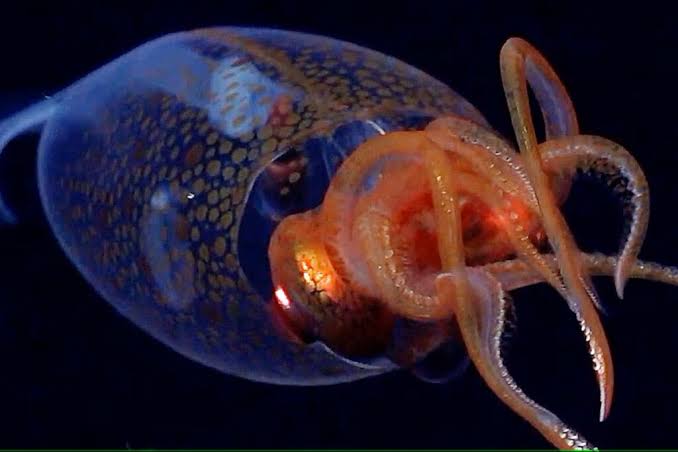
The biggest invertebrate by mass, the giant squid can weigh up to 1,101 pounds and reach lengths of up to 46 feet (14 meters) for females including tentacles. Living in the deep Southern Ocean, this elusive predator hunts fish and other squid by means of its large eyes and hooked tentacles. Though rare specimens and beaks discovered in sperm whale bellies define them, massive squid remain enigmatic in 2025. Their deep-sea environment shields them from direct human hazards, but changes in ocean currents influenced by climate could affect the availability of their prey, so influencing their survival indirectly.
10. Humpback Whale (Megaptera novaeangliae):
Rising to 52 feet (16 meters) and weighing over 40 tons, the humpback whale is known for its sophisticated songs and acrobatic breaches. Found in all of the main oceans, these baleen whales often employ bubble-net feeding methods and eat krill and tiny fish. Though they still face challenges from ocean warming, noise pollution, and entanglement, their predicted 80,000 worldwide population in 2025 has rebounced dramatically thanks to conservation initiatives. Their thousands of-mile migratory routes draw attention to the need of global collaboration to preserve their habitats.
Comments 0